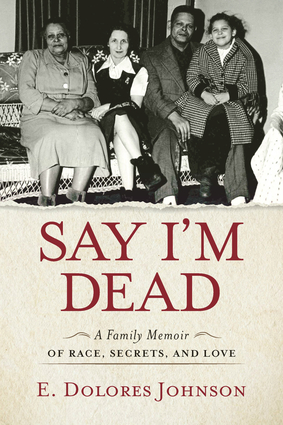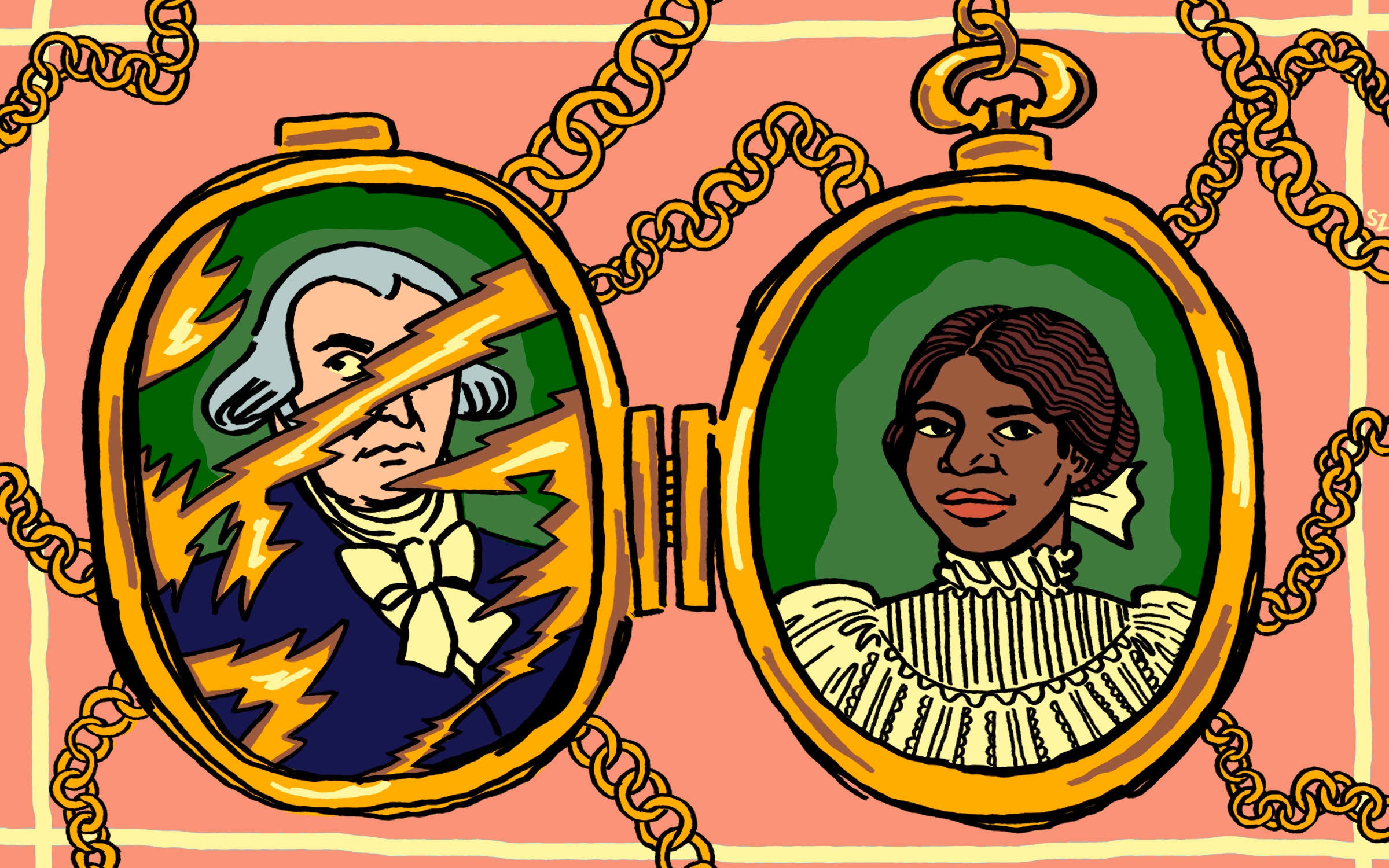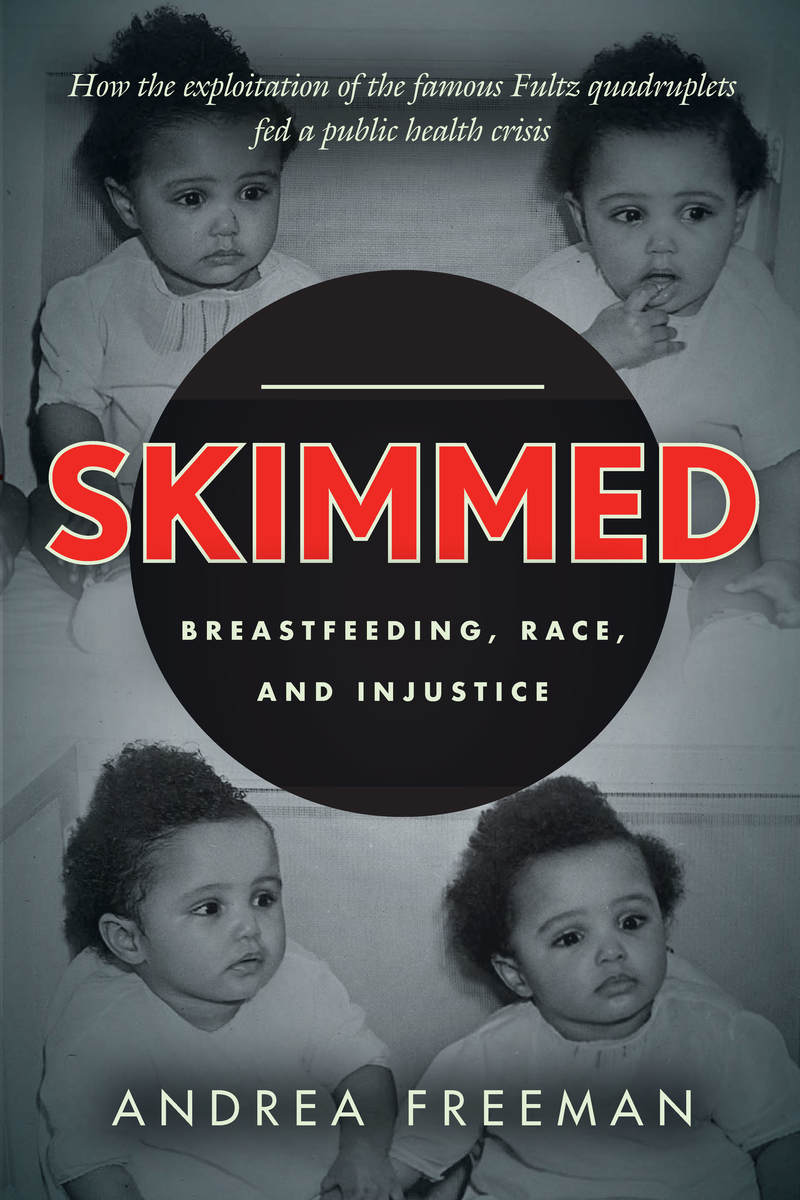Revisiting The Pioneering Composer Florence PricePosted in Articles, Arts, Audio, Biography, Media Archive, United States, Women on 2020-06-18 00:10Z by Steven |
Revisiting The Pioneering Composer Florence Price
All Things Considered
National Public Radio
2019-01-21
Tom Huizenga, Music Producer
 Florence Price was the first African-American woman to have her music performed by a major symphony orchestra. Special Collections, University of Arkansas Libraries |
In 1933, the Chicago Symphony Orchestra gave the world premiere of Symphony No. 1 by a then little-known composer named Florence Price. The performance marked the first time a major orchestra played music by an African-American woman.
Price’s First Symphony, along with her Fourth, has just been released on an album featuring the Fort Smith Symphony, conducted by John Jeter.
Fans of Price, especially in the African-American community, may argue that her music has never really been forgotten. But some of it has been lost. Not long ago, a couple bought a fixer-upper, south of Chicago, and discovered nearly 30 boxes of manuscripts and papers. Among the discoveries in what turned out to be Price’s abandoned summer home was her Fourth Symphony, composed in 1945. This world-premiere recording is another new piece of the puzzle to understanding the life and music of Price, and a particular time in America’s cultural history.







